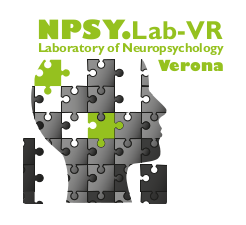Authors:
Scandola M, Togni R, Tieri G, Avesani R, Brambilla M, Aglioti SM, Moro V
Abstract
Despite the many links between body representation, acting and perceiving the environment, no research has to date explored whether specific tool embodiment in conditions of sensorimotor deprivation influences extrapersonal space perception. We tested 20 spinal cord injured (SCI) individuals to investigate whether specific wheelchair embodiment interacts with extrapersonal space representation. As a measure of wheelchair embodiment, we used a Body View Enhancement Task in which participants (either sitting in their own wheelchair or in one which they had never used before) were asked to respond promptly to flashing lights presented on their above- and below-lesion body parts. Similar or slower reaction times (RT) to stimuli on the body and wheelchair indicate, respectively, the presence or absence of tool embodiment. The RTs showed that the participants embodied their own wheelchair but not the other one. Moreover, they coded their deprived lower limbs as external objects and, when not in their own wheelchair, also showed disownership of their intact upper limbs. To measure extrapersonal space perception, we used a novel, ad hoc designed paradigm in which the participants were asked to observe a 3D scenario by means of immersive virtual reality and estimate the distance of a flag positioned on a ramp. In healthy subjects, errors in estimation increased as the distance increased, suggesting that they mentally represent the physical distance. The same occurred with the SCI participants, but only when they were in their own wheelchair. The results demonstrate for the first time that tool embodiment modifies extrapersonal space estimations.
